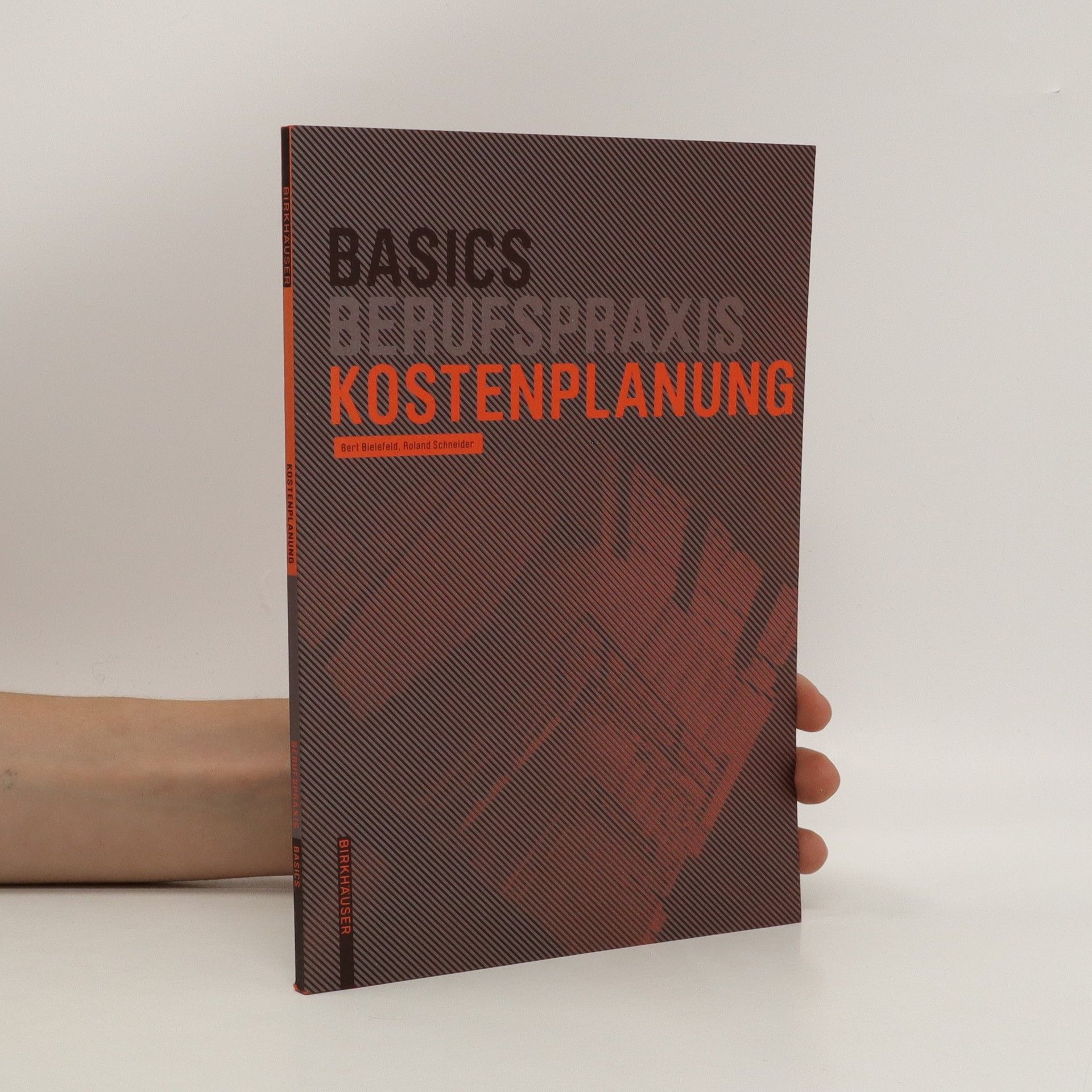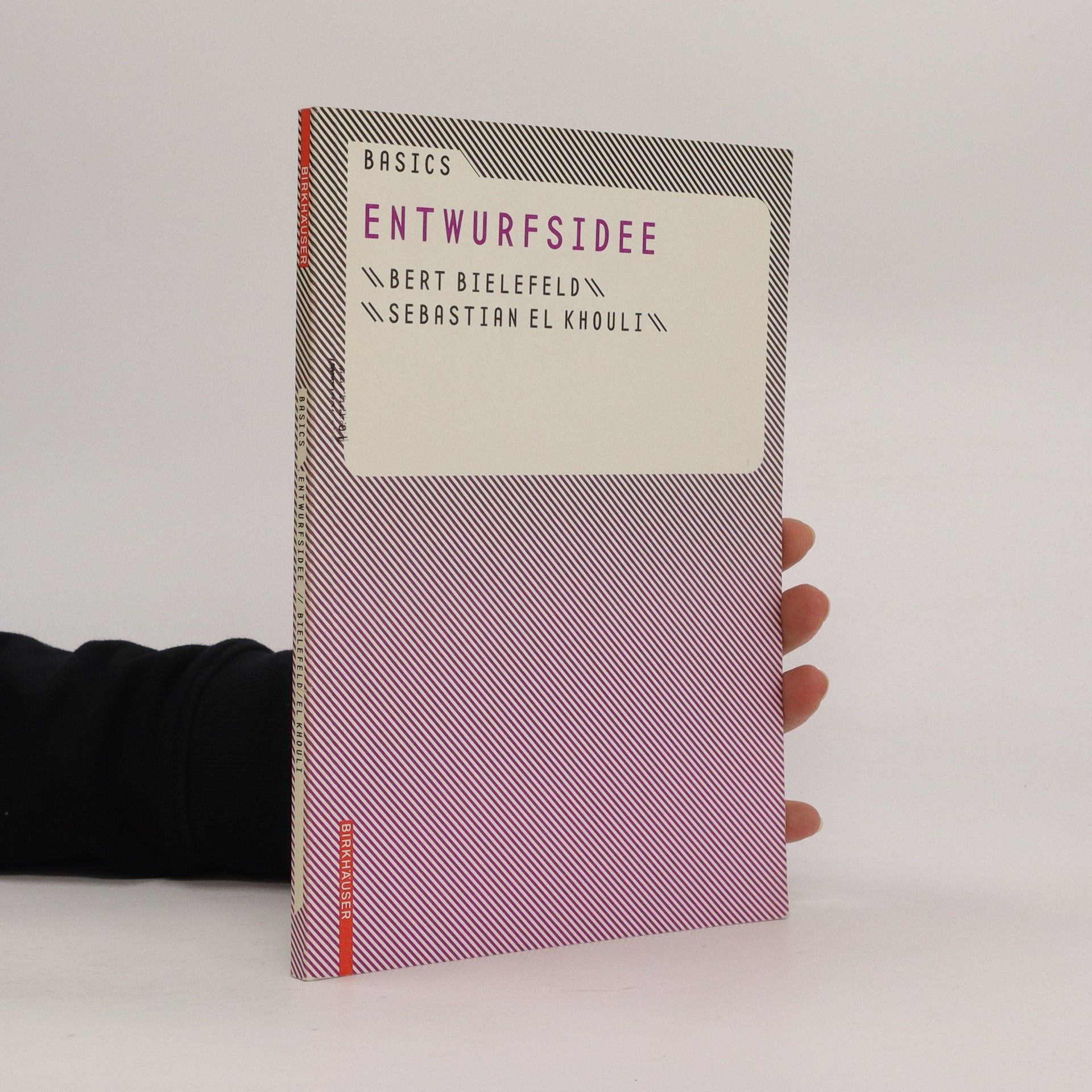Building projects in the European Union
- 192 pages
- 7 hours of reading
This is the first book to provide a comprehensive overview of the activities of architects and engineers outside their own countries: a practical handbook which investigates fundamental aspects such as acquisition, implementation, economic viability and the legal framework of overseas commissions. Concise yet in-depth, information of this kind has never before been consolidated across Europe although the international activities of European architects and engineers have increased greatly not least because of the open EU market. The book is aimed primarily at planners in Europe who are in the process of gaining or wish to gain experience in other countries. Contents include: Fundamentals of the EU and international export trade Professional recognition of architects Public commissions for architectural services and pro curement Cross-border architecture contracts/liability/insurance Building law and EU directives relevant to architecture Organizing foreign commissions Remuneration and financial viability of foreign commissions




